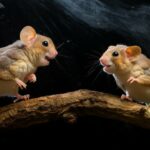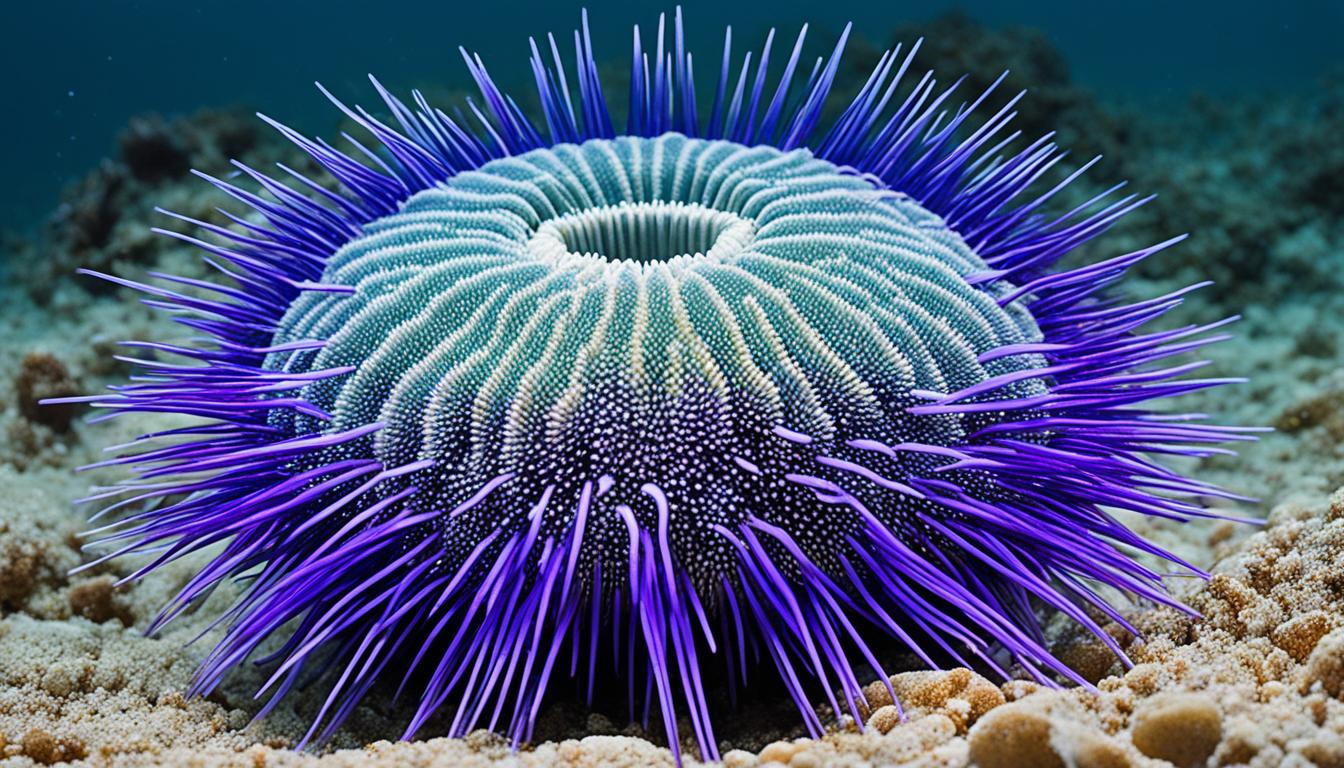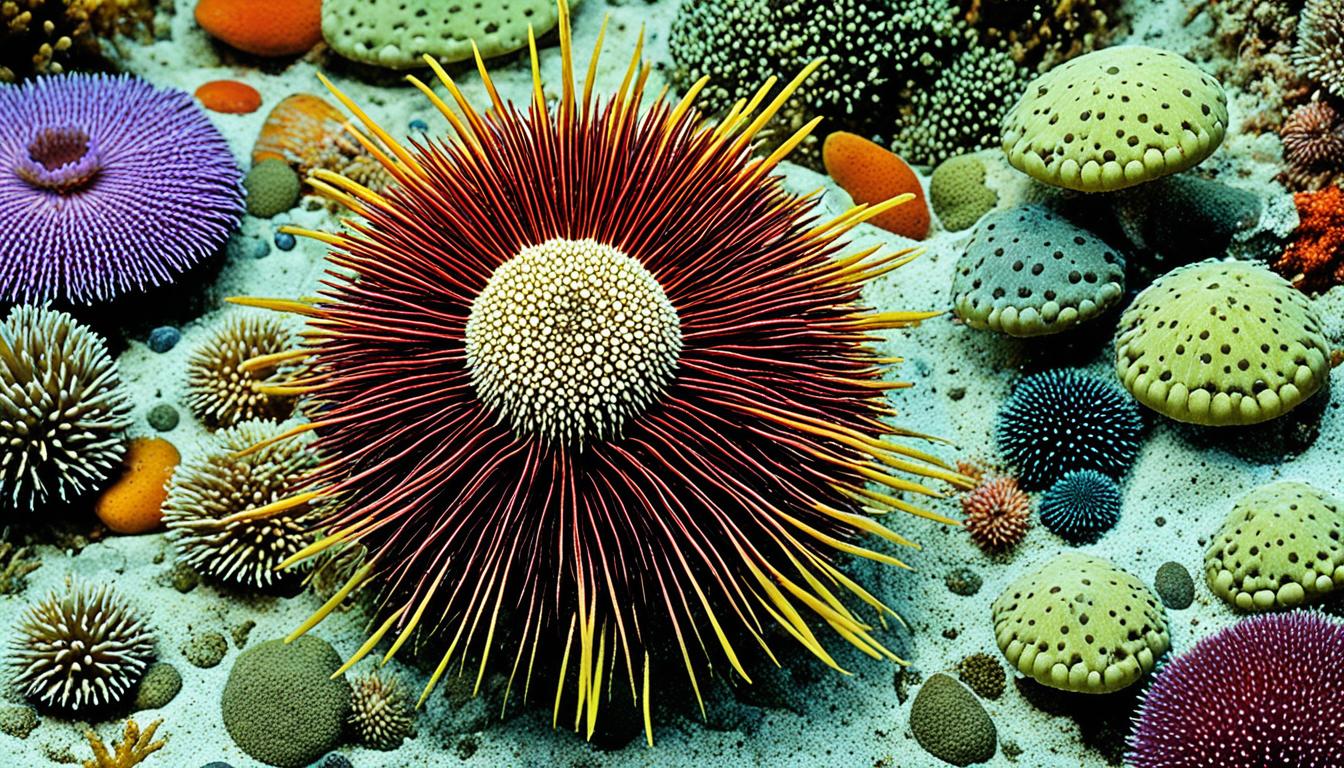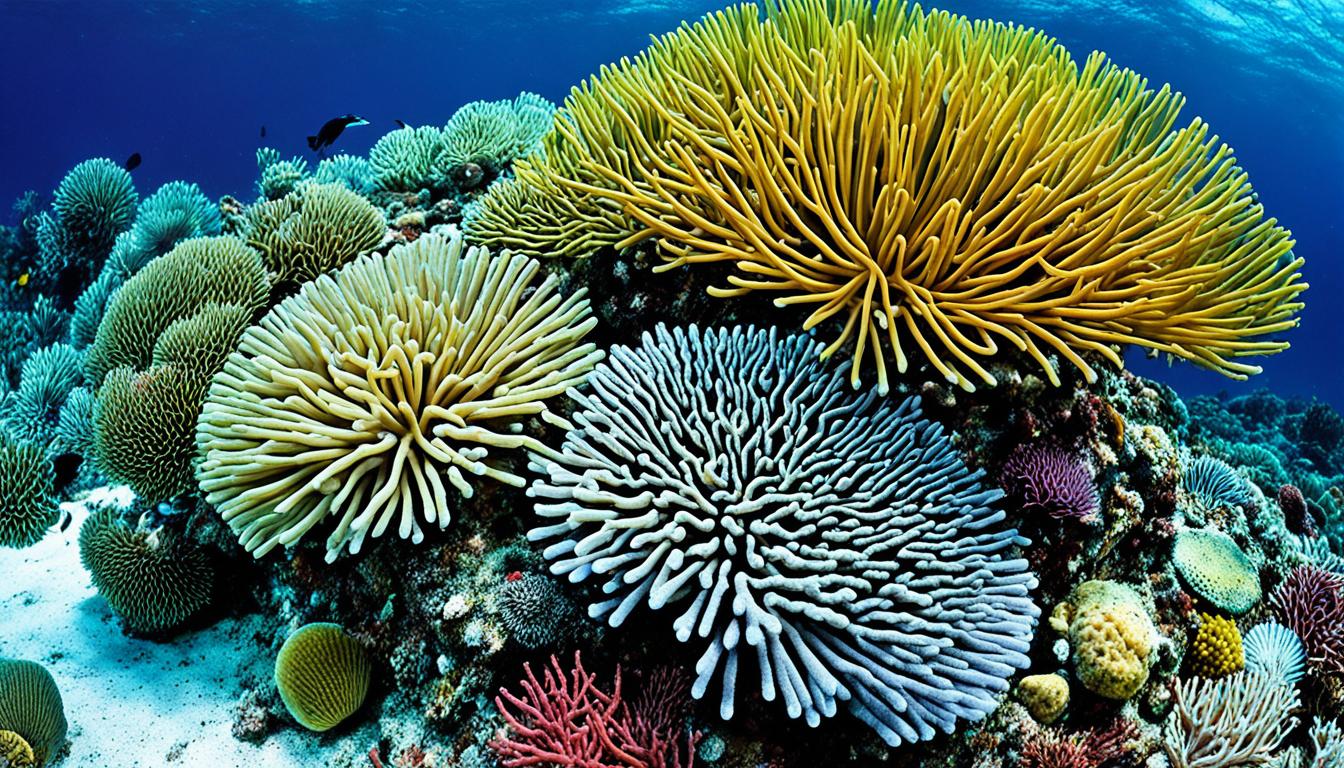Flying squirrels, like the Carolina northern flying squirrel and the Namdapha Flying Squirrel, are at risk of endangerment due to various factors impacting their habitats and populations. These charming creatures face numerous challenges that threaten their survival. It is essential to understand these endangerment reasons and work towards finding effective solutions to protect these unique and important species.
Key Takeaways:
- Habitat loss and fragmentation pose a major threat to flying squirrels, restricting their habitats and limiting their populations.
- Climate change and pollution further disrupt the squirrels’ habitat, food sources, and overall survival.
- Poaching, hunting, and competition for resources add to the threats faced by flying squirrels.
- Conservation efforts, such as data collection, resource management, and implementing conservation strategies, are crucial for the long-term survival of flying squirrels.
- The Carolina northern flying squirrel and the Namdapha Flying Squirrel are two species that require immediate attention and conservation measures.
Understanding the endangerment reasons faced by flying squirrels is the first step towards ensuring their conservation and protection. By addressing the challenges they face, we can create a better future for these remarkable creatures and preserve the biodiversity of our ecosystems.
Habitat Loss and Fragmentation: A Major Threat
One of the primary reasons for the declining population of Carolina northern flying squirrels is the loss and fragmentation of their habitats. These cute creatures are now confined to “sky-islands” on isolated mountain peaks in the southern Appalachians, as their traditional habitats have been greatly reduced due to logging and fires in the past. Their survival is further threatened by exotic insects, forest fragmentation, climate change, and atmospheric deposition.
The Carolina northern flying squirrels heavily rely on red spruce forests for their habitat, as these trees provide the perfect environment for their main food source, truffles. However, with the ongoing habitat loss and fragmentation, their access to these crucial resources becomes increasingly limited.
To effectively conserve and protect the Carolina northern flying squirrel, resource managers can utilize predictive maps based on U.S. Geological Survey modeling efforts. These maps offer valuable insights into areas that are critical for the sub-species, allowing for the prioritization of forest restoration and conservation efforts. By focusing on forest areas that are crucial for the squirrels, we can work towards promoting their habitat resilience and long-term survival.
Table: Flying Squirrel Habitat Loss and Fragmentation
| Threats | Impact on Flying Squirrel Habitats |
|---|---|
| Logging and fires | Significant reduction in available habitats |
| Exotic insects | Additional stress on already fragmented habitats |
| Forest fragmentation | Isolation of populations and limited access to resources |
| Climate change and atmospheric deposition | Disruption of habitats and food sources |
Another species of flying squirrel, the Namdapha Flying Squirrel, also faces the risk of extinction due to hunting and habitat loss. However, ongoing efforts are being made to rediscover and conserve this remarkable species. It is crucial to understand the ecological position of flying squirrels and the impacts of human activities on their survival.
Conserving flying squirrels requires a comprehensive approach that involves gathering more data on these fascinating creatures and implementing robust conservation strategies across their extensive range. By working together to protect their habitats, we can ensure the continued existence of these acrobatic and delightful mammals.
Climate Change and Pollution: Additional Challenges
In addition to habitat loss, flying squirrels also face the adverse effects of climate change and pollution. These factors pose significant challenges to the survival and well-being of these remarkable creatures. Rising global temperatures, altered precipitation patterns, and changing seasons have a profound impact on their habitats and food sources.
The Namdapha Flying Squirrel, for instance, is highly susceptible to the consequences of climate change. This rare species, found in the dense forests of Northeast India, is facing the risk of extinction primarily due to hunting and habitat loss. However, efforts are underway to rediscover and conserve this unique creature before it disappears forever.
Pollution, another pressing issue, also takes its toll on flying squirrels. Contaminants from industrial activities, agricultural practices, and human settlements infiltrate their habitats, affecting the quality of air, water, and food sources. These pollutants accumulate in their bodies, resulting in detrimental health effects and disrupting their delicate ecological balance.
To address these challenges, scientists and conservationists are working diligently to gather more data on flying squirrels and implement effective strategies. By studying their behavior, habitat requirements, and responses to climate change, we can develop targeted conservation measures. Moreover, promoting sustainable practices and reducing pollution are crucial steps towards ensuring a healthier environment for these enchanting creatures to thrive.
Table: Importance of Conservation Initiatives for Flying Squirrels
| Reasons for Conservation | Benefits |
|---|---|
| Preservation of biodiversity | Ensures the ecological balance of forest ecosystems |
| Ecosystem services | Contributes to pollination and seed dispersal |
| Education and research | Provides valuable insights into the natural world |
| Economic value | Supports nature-based tourism and recreation |
“Conservation is not just about saving a single species; it is about safeguarding the delicate web of life that sustains us all.” – Anonymous
Poaching, Hunting, and Competition for Resources
Flying squirrels are at risk of poaching, hunting, and increased competition for resources, further endangering their populations. These activities pose significant threats to the survival of these unique creatures. Poaching and hunting for their fur, meat, and as pets, have led to a decline in their numbers. The demand for their beautiful and soft fur has driven illegal trade, putting immense pressure on their populations.
In addition to being hunted, flying squirrels also face competition for resources. As urbanization and deforestation continue to encroach upon their habitats, the availability of food and nesting sites decreases. This results in increased competition among flying squirrels and other wildlife, further exacerbating their vulnerability to extinction.
Conserving and protecting flying squirrel populations requires swift action to address these threats. Regulation and enforcement of laws against poaching and hunting are essential to deter these illegal activities and ensure the well-being of these animals. Additionally, efforts should be made to raise awareness about the importance of conservation and the impact of human activities on their survival.
Table 1: Threats to Flying Squirrels
| Threats | Description |
|---|---|
| Poaching and hunting | Illegal killing of flying squirrels for fur, meat, and as pets |
| Competition for resources | Diminished availability of food and nesting sites due to habitat loss and fragmentation |
It is crucial to involve local communities, conservation organizations, and government agencies in the protection of flying squirrels. By educating people about the value of these unique creatures and the importance of preserving their habitats, we can foster a collective responsibility towards their conservation.
By preserving their habitats and addressing the threats of poaching, hunting, and competition for resources, we can give flying squirrels a fighting chance at survival. Together, we can create a future where these fascinating and acrobatic animals continue to grace our forests and skies.
Conservation Efforts and the Way Forward
To safeguard flying squirrels’ future, conservation efforts and a better understanding of their ecological position are crucial. The Carolina northern flying squirrel, facing habitat loss and fragmentation, requires urgent protection measures. Resource managers can utilize predictive maps based on U.S. Geological Survey modeling efforts to prioritize the preservation of crucial forest areas for this sub-species. Additionally, forest restoration initiatives and promoting forest resilience are key factors in their conservation.
Another flying squirrel species, the Namdapha Flying Squirrel, is also under threat due to hunting and habitat loss. However, ongoing efforts are being made to rediscover and conserve this unique species. By studying the ecological position of flying squirrels and the impacts of human activities, a solid foundation can be established for their preservation.
Gathering more data on flying squirrels and implementing effective conservation strategies across their extensive range are vital steps towards ensuring their survival. With the collaboration of researchers, conservationists, and local communities, it becomes possible to address the challenges faced by flying squirrels and secure their future for generations to come.
Are the Methods for Keeping Squirrels Out of Potted Plants Effective for Flying Squirrels as Well?
When it comes to ways to deter squirrels from plants, the effectiveness of various methods on flying squirrels is uncertain. While some techniques like using repellents, netting, or physical barriers may work for regular squirrels, flying squirrels have unique abilities that could render these methods ineffective. Further research is necessary to determine the most suitable ways to keep both types of squirrels away from potted plants.
Are the Population Trends of Flying Squirrels in the US Indicative of Their Endangerment?
Exploring population trends of flying squirrels in the US reveals concerning signs for their endangerment. These charismatic creatures are facing numerous threats, such as habitat loss, fragmentation, and changing climate conditions. Understanding these trends is crucial to implementing effective conservation measures and ensuring a future for these unique gliding mammals in the US.
FAQ
Q: What are the main reasons for the endangerment of flying squirrels?
A: The main reasons for the endangerment of flying squirrels, such as the Carolina northern flying squirrel, include habitat loss and fragmentation, exotic insects, forest fragmentation, climate change, and atmospheric deposition.
Q: How does habitat loss and fragmentation affect flying squirrels?
A: Habitat loss and fragmentation restrict the habitats of flying squirrels, particularly the Carolina northern flying squirrel. Deforestation, urbanization, and forest fragmentation contribute to the decline in their populations.
Q: What additional challenges do flying squirrels face due to climate change and pollution?
A: Climate change and pollution disrupt the habitat and food sources of flying squirrels, further endangering their survival.
Q: What threats do poaching, hunting, and competition for resources pose to flying squirrels?
A: Poaching, hunting, and competition for resources can threaten the survival of flying squirrels. Regulation and conservation efforts are needed to protect these animals from human activities.
Q: What are the ongoing conservation efforts for flying squirrels?
A: Ongoing conservation efforts for flying squirrels, including the Carolina northern flying squirrel and the Namdapha Flying Squirrel, involve data collection, resource management, and the implementation of conservation strategies to ensure their long-term survival.










